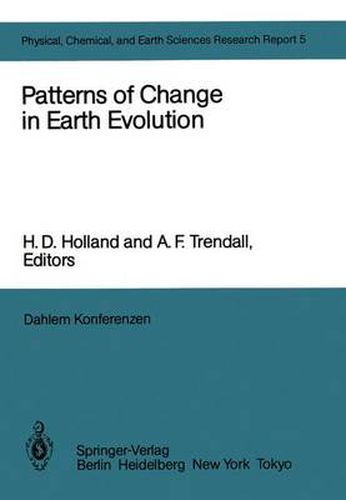Readings Newsletter
Become a Readings Member to make your shopping experience even easier.
Sign in or sign up for free!
You’re not far away from qualifying for FREE standard shipping within Australia
You’ve qualified for FREE standard shipping within Australia
The cart is loading…






This title is printed to order. This book may have been self-published. If so, we cannot guarantee the quality of the content. In the main most books will have gone through the editing process however some may not. We therefore suggest that you be aware of this before ordering this book. If in doubt check either the author or publisher’s details as we are unable to accept any returns unless they are faulty. Please contact us if you have any questions.
3 of the experience of the last few generations. The group of happily unexperienced events includes large bolide impacts with the Earth. The evidence for the occurrence of such impacts at intervals of some tens of millions of years is quite convincing, and Lyell stands admonished by Hamlet: There are more things in heaven and earth, Horatio, than are dreamt of in your philosophy.
The role of bolide impacts on the history of life during other portions of the Phanerozoic Eon is less clear (see Raup and Fischer, both this volume), and catastrophic changes unrelated to extraterrestrial processes may have been important (see Holser, this volume). Changes in the later Precambrian biota are still difficult to interpret, in part because the preservation of soft-bodied animals from this period of Earth history is so unusual (see Seilacher, this volume). During the past billion years or so, bolide impacts have exerted a significant effect on the Earth’s surface and its inhabitants, but not on its interior. The 3800 Ma rocks at Isua in West Greenland are the oldest terrestrial rocks that are currently available for inspection (see Dymek, this volume). They contain abundant evidence for the operation of chemical and physical processes that are similar to those of the present day. This situation could not have prevailed during the entire 700 Ma preceding the formation of the Isua rocks.
$9.00 standard shipping within Australia
FREE standard shipping within Australia for orders over $100.00
Express & International shipping calculated at checkout
This title is printed to order. This book may have been self-published. If so, we cannot guarantee the quality of the content. In the main most books will have gone through the editing process however some may not. We therefore suggest that you be aware of this before ordering this book. If in doubt check either the author or publisher’s details as we are unable to accept any returns unless they are faulty. Please contact us if you have any questions.
3 of the experience of the last few generations. The group of happily unexperienced events includes large bolide impacts with the Earth. The evidence for the occurrence of such impacts at intervals of some tens of millions of years is quite convincing, and Lyell stands admonished by Hamlet: There are more things in heaven and earth, Horatio, than are dreamt of in your philosophy.
The role of bolide impacts on the history of life during other portions of the Phanerozoic Eon is less clear (see Raup and Fischer, both this volume), and catastrophic changes unrelated to extraterrestrial processes may have been important (see Holser, this volume). Changes in the later Precambrian biota are still difficult to interpret, in part because the preservation of soft-bodied animals from this period of Earth history is so unusual (see Seilacher, this volume). During the past billion years or so, bolide impacts have exerted a significant effect on the Earth’s surface and its inhabitants, but not on its interior. The 3800 Ma rocks at Isua in West Greenland are the oldest terrestrial rocks that are currently available for inspection (see Dymek, this volume). They contain abundant evidence for the operation of chemical and physical processes that are similar to those of the present day. This situation could not have prevailed during the entire 700 Ma preceding the formation of the Isua rocks.